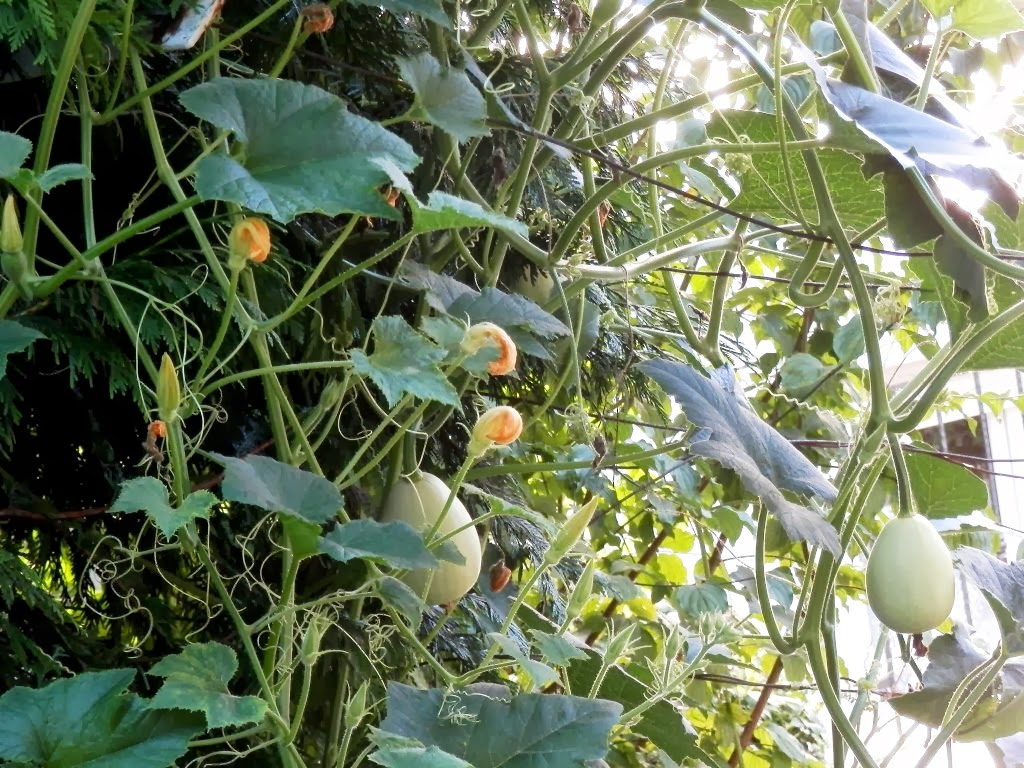
Two benches on my terrace realy needed a 'facelifting'. I planned for months this renovation but there are always something else to be done. Benches were in good condition but shabby (not shabby shic, unfortunatelly).
Short tutorial how I renovated benches
This is small bench 'before' - you can see that the surface isn't very nice.
Even just sanding improved the image of the bench and gave it better look. I used wood stain (acrylic, of course) for painting - two coats were enough. And one coat of varnish (satin) for the protection at the end.
Now it looks much better, doesn't it?
Similar process was done with the bigger bench.
First step - sanding.
Second step - applying wood stain.
Third step: painting metal parts. I protected the wood with the tape and then painted the metal parts with silver Hammerite (oil) paint. Why this paint? Because I alredy had it and because it has three effects: rust protection, primer and coloring.


















































